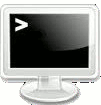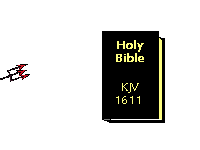| Preperation |
| clean towels, blankets, washcloths and buckets of water |
| most woman opt for some sort of sitting or squatting position. |
| Support her through early labor |
| the transitional phase of labor urge to really PUSH |
| Support the babys head as it comes out of the vagina |
| Once the head is out it usually roates a bit to one side. |
| With the next push, one shoulder will emerge then the other. |
| Once the shoulders are out keep supporting the baby and lift it very slightly toward the mother's stomach, the rest of the body will come out easily |
| the baby will be slippery |
| Dry the baby and Keep the baby warm. |
| As long as the baby is breathing — it should be obvious, most babies cry at least a little upon contact with their new atmosphere — it should be placed directly onto its mother’s chest immediately. |
| The baby, at this point, will still be attached to its mother via an umbilical cord. There’s no need to detach it |
| Do not mess with the placenta |
| The final stage of delivery is when the placenta comes out its the most dangerous part if your not a medical professional because it can lead to hemorrhaging. |
| The point is that after birthing a baby the uterus needs to contract in other to separate the placenta from the inside of the body. |
| It can happen within ten minutes after birth or take up to an hour - is a "gush of blood" |
| Firmly massaging the stomach after this which will probably hurt her a little will help slow down the bleeding. |
|
| Congratulations! You birthed a baby! |



